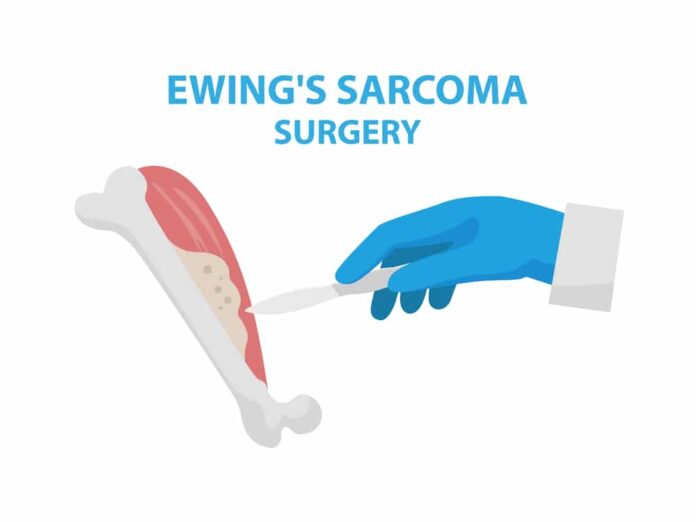Overview Of Bone Cancer – Ewing Sarcoma
Bone cancer – Ewing sarcoma is a malignant bone tumor that forms in the bone or soft tissue. It affects mostly teens and young adults.
Commonly Associated With
Ewing sarcoma; Ewing family of tumors; Primitive neuroectodermal tumors (PNET); Bone neoplasm – Ewing sarcoma
Causes Of Bone Cancer – Ewing Sarcoma
Ewing sarcoma can occur anytime during childhood and young adulthood. But it usually develops during puberty, when bones are growing rapidly. It is more common in white children than in black or Asian children.
The tumor may start anywhere in the body. Most often, it starts in the long bones of the arms and legs, the pelvis, or the chest. It can also develop in the skull or the flat bones of the trunk.
The tumor often spreads (metastasizes) to the lungs and other bones. At the time of diagnosis, the spread is seen in about one-third of children with Ewing sarcoma.
In rare cases, Ewing sarcoma occurs in adults.
Symptoms Of Bone Cancer – Ewing Sarcoma
There are few symptoms. The most common is pain and sometimes swelling at the site of the tumor.
Children may also break a bone at the site of the tumor after a minor injury.
Fever may also be present.
Exams & Tests
If a tumor is suspected, tests to locate the primary tumor and any spread (metastasis) often include:
- Bone scan
- Chest x-ray
- CT scan of the chest
- MRI of the tumor
- X-ray of the tumor
- A biopsy of the tumor will be done. Different tests are done on this tissue to help determine how aggressive the cancer is and what treatment may be best.
Treatment Of Bone Cancer – Ewing Sarcoma
Treatment often includes a combination of:
- Chemotherapy
- Radiation therapy
- Surgery to remove the primary tumor
Treatment depends on the following:
- Stage of the cancer
- Age and sex of the person
- Results of the tests on the biopsy sample



